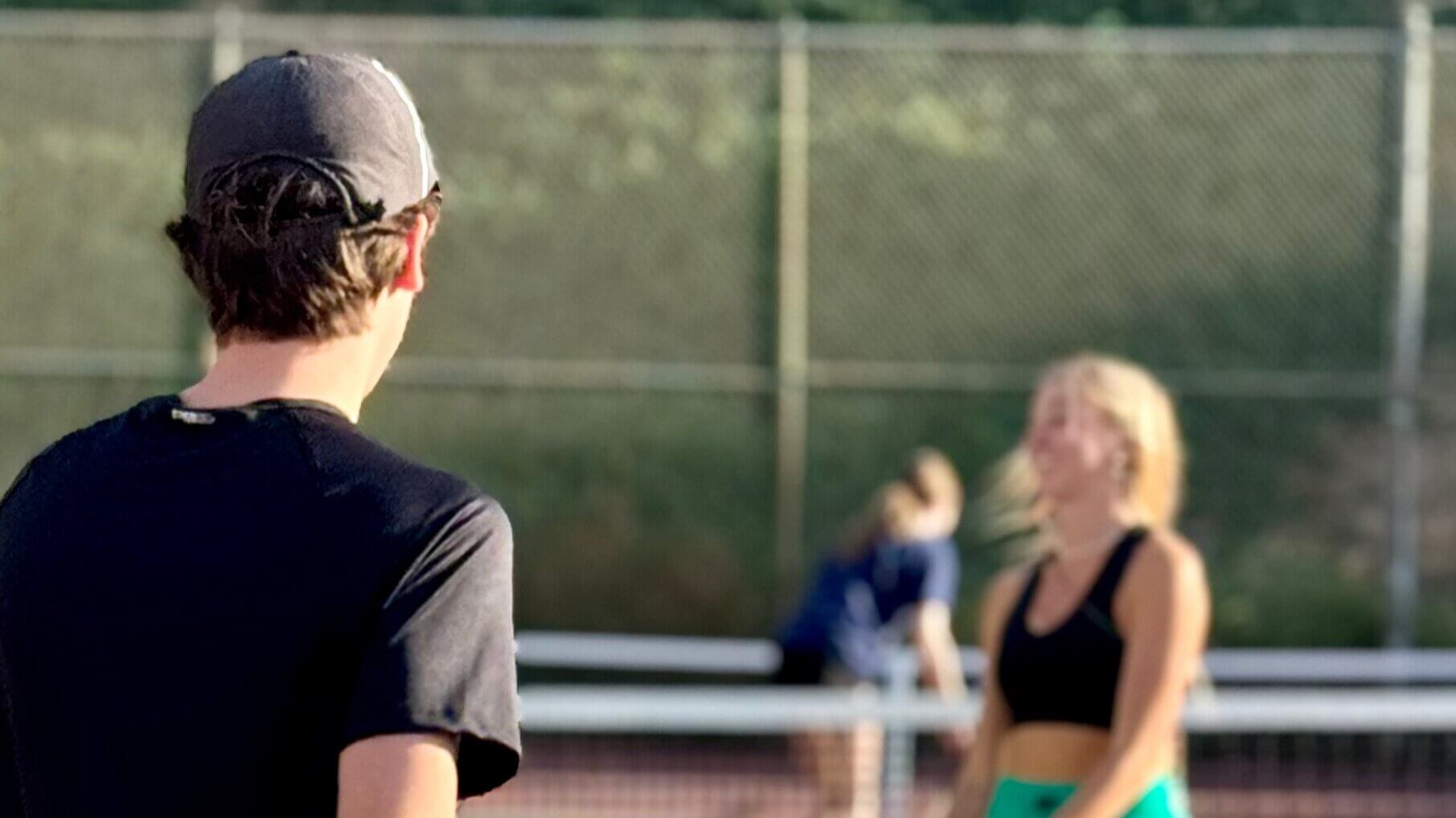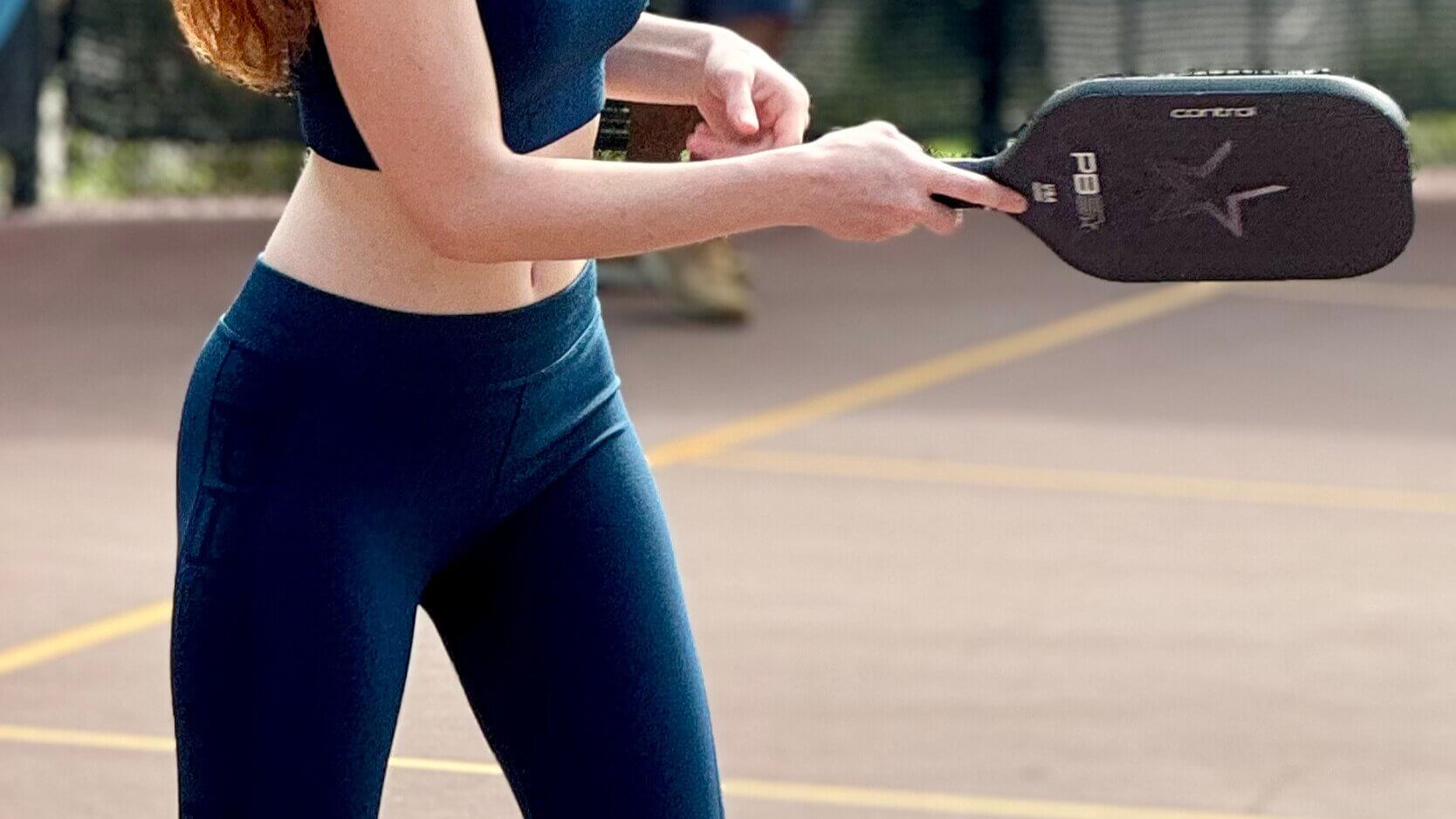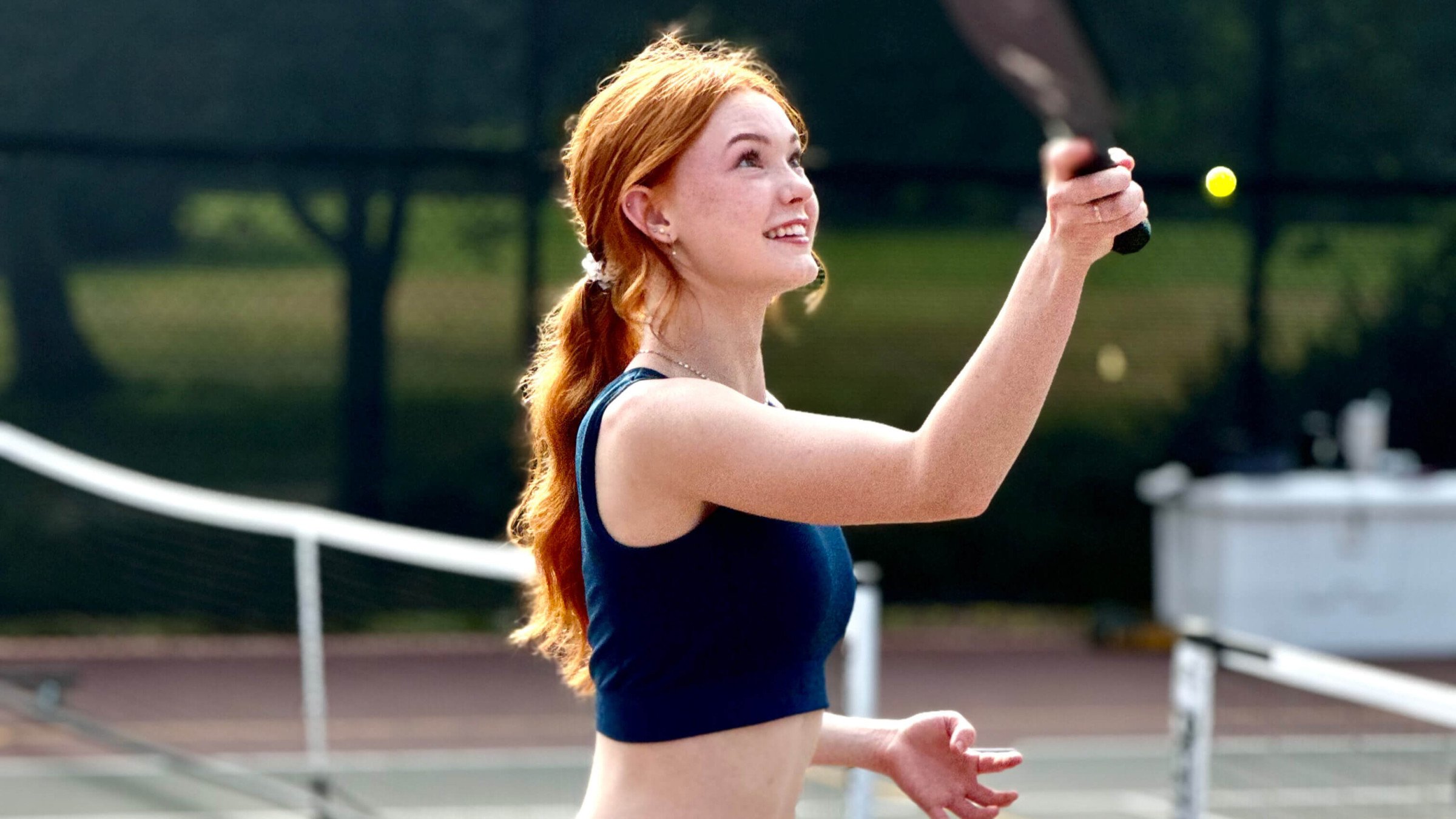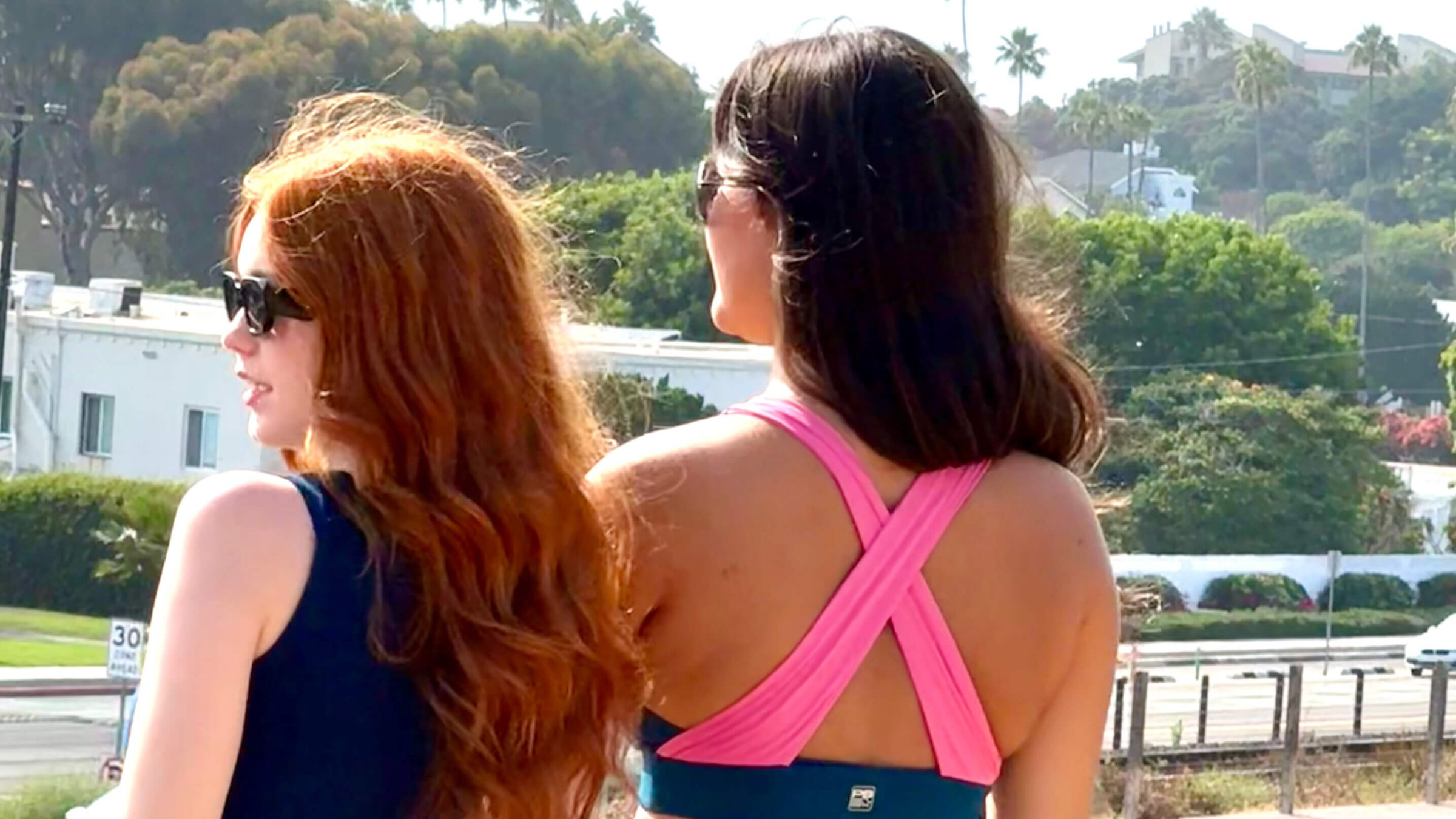Key takeaways:
A double bounce on one side of a pickleball game is a fault—once the ball bounces twice, the rally is over.
The two-bounce rule is not the same as the double-bounce fault.
Quick footwork and court awareness help you stay ahead of tricky shots and prevent bounce-related faults.
Pickleball rallies can move fast, but some of the most important moments happen in the quiet split-second when the ball hits the ground. Whether it’s a fast drive or a sneaky drop, how the ball bounces can change everything. That’s why certain bounce-related rules catch players off guard, especially when things heat up mid-rally.
It’s worth getting a clear grip on what’s allowed and what isn’t when it comes to bounce timing. At PB5star, we’re all about supporting players who want to move smarter, react faster, and bring their best energy to every match.
What are the double bounce rules in pickleball?
Can the ball bounce twice in pickleball games? In regular pickleball, the ball isn’t allowed to bounce twice on your side. If it does, the rally (that back-and-forth exchange of shots) is over, and it’s a fault. Your opponent either gets the point or takes over the serve, depending on who was at fault.
There’s just one exception—wheelchair pickleball. Players using a wheelchair are allowed two bounces, and they need to return the ball before it hits the ground a third time. For everyone else, letting it bounce more than once means the point’s done.
It’s also easy to confuse this with the two-bounce rule, which just means the ball has to bounce once on each side after the serve before anyone can volley (hit it out of the air). From that point on, anything more than one bounce per side ends the rally.
Impact of the double bounce rule on pickleball strategy
Letting the ball bounce twice on your side means the point’s over—no second chances. You have to stay alert and react quickly if you want to keep the rally going. Here’s how the double bounce rule influences your playing style:
Quick recovery between shots keeps you in a ready stance and able to reach soft or surprise shots.
Low, athletic positioning helps you stay balanced and react to low balls that might otherwise get past you.
Anticipating shot placement gives you an edge when chasing short drops or angled hits.
Controlling the pace forces your opponent to rush, increasing their chances of making an error.
Using sharp angles can challenge your opponent’s ability to return before the second bounce.
As you get more comfortable with the pace, these moves start to feel automatic. And when you’re wearing footwear and gear that supports quick changes in direction—like PB5 Court2 shoes—it’s easier to stay locked in and make those fast, clean returns when it really counts.
Common misconceptions about pickleball rules
Pickleball is easy to pick up, but some of the rules around bounces still trip players up during fast-paced games. Here are some of the most common questions players ask when it comes to how bounces affect the flow of the game:
Is the two-bounce rule the same as a double-bounce fault?
Not quite. The two-bounce rule refers to how every rally starts: one bounce after the serve and one bounce after the return. Once those two bounces happen, players are free to volley. A double bounce fault, on the other hand, happens when the ball bounces twice on one side before being hit. That’s an automatic end to the point.
Do bounce-related rules change in tournaments?
The rules themselves don’t change, but enforcement can be stricter during tournament play. Referees are quick to call a fault if that second bounce hits, even if it’s close. Staying focused and ready to move makes a difference, especially during fast exchanges.
Do bounce rules apply differently in singles and doubles?
The rules are the same, but doubles do make things a bit trickier. It’s easier to misread bounce timing when you’re relying on a partner’s movement. Staying connected with your teammate and covering angles together can keep those second bounces from slipping through.
How can I train to avoid letting the ball bounce twice?
Foot speed and anticipation are your best tools. Practicing lateral movement and quick recovery helps you react faster when your opponent sends one just out of reach. Good pickleball footwear can help keep you steady during quick shifts and stretches.
Stay ready for that first bounce
There’s a rhythm to pickleball that flows best when the rules are second nature. Knowing how bounce-related faults work can save you from confusion and help you stay fully in the moment. It’s one of those details that doesn’t take long to learn but makes a huge difference in how you play.
At PB5star, we’re here for the players who want to play smarter—not just harder. Every rally is a chance to get sharper, and we’re all about supporting that with gear that’s built to move with you from the first serve to the last point.






